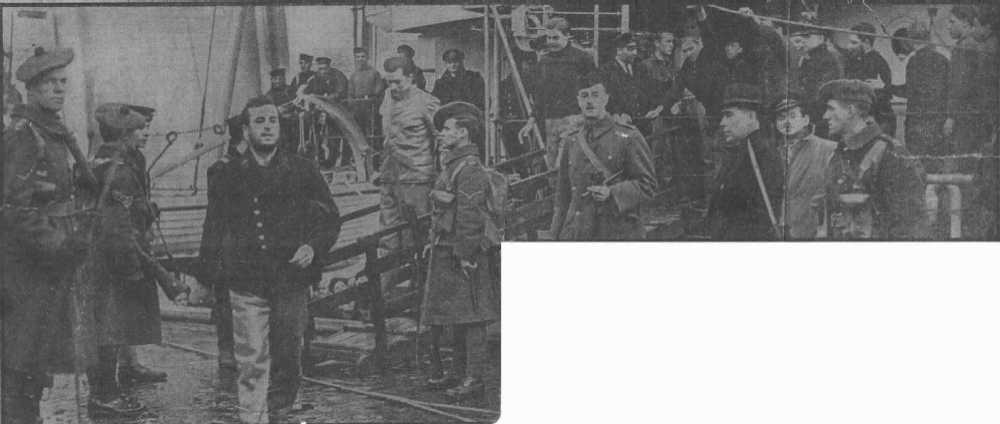Rummaging around the internet as one does, I found the website of a Second World War German U-Boat, U-35, which my father helped to sink very early in the war, whilst serving on a destroyer. By the standard of the times it was quite a gentlemanly sort of affair. Depth charged, the submarine popped up to the surface - to my dad's horror HMS Kashmir was cleaning out its active gun at that moment and was totally incapable of mounting any challenge to this sudden surprise, should it come to it. Luckily U-35 was too crippled to offer any resistance and the whole crew was captured alive. The U-Boat officers were treated as guests aboard the ship – as long as they promised not to escape – and their captain signed the visitor’s book with the comment ‘Wish you all the best of luck except against German U-Boats!’. After the war there was a long-term friendship between some of the German officers and Louis Mountbatten, captain of the destroyer squadron, until he was killed by an IRA bomb in 1979.
But what amazed me most about this find was to discover a grainy photograph of the captured crew being unloaded at Greenock in Scotland













